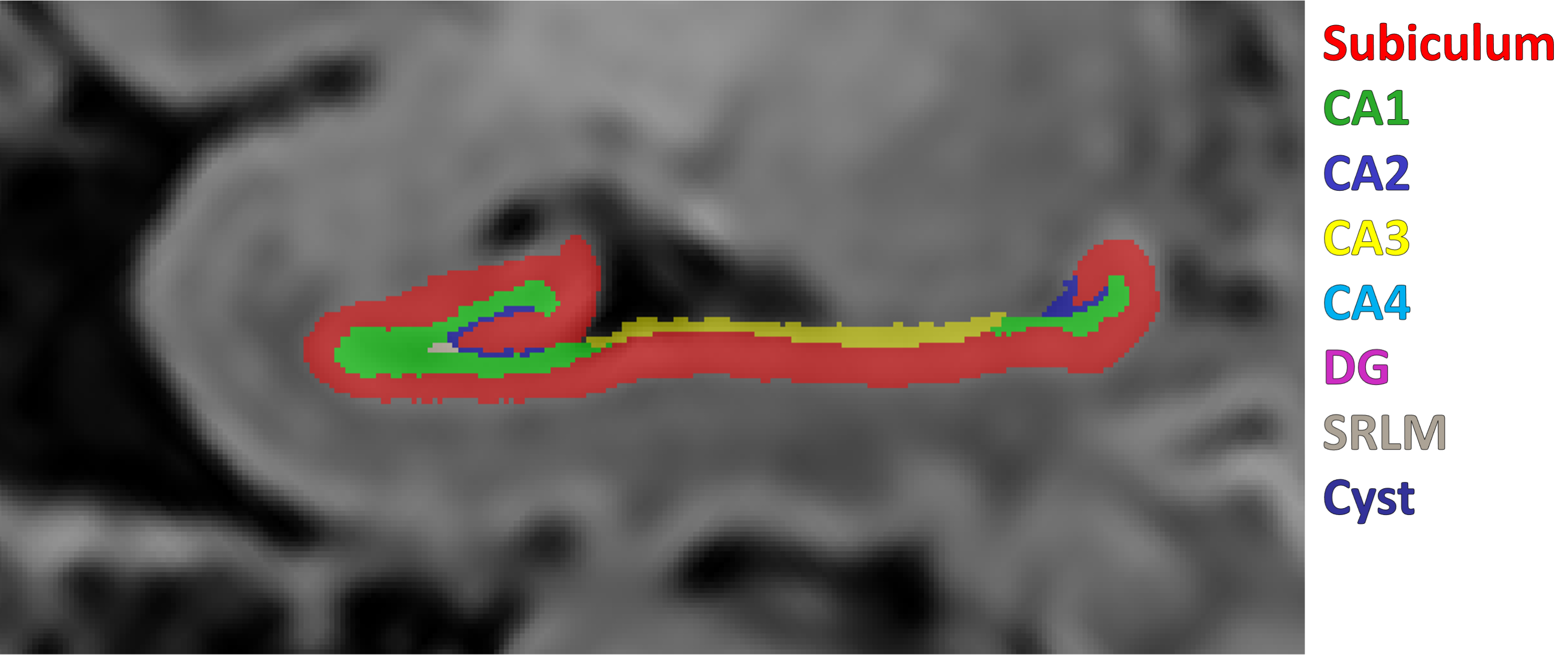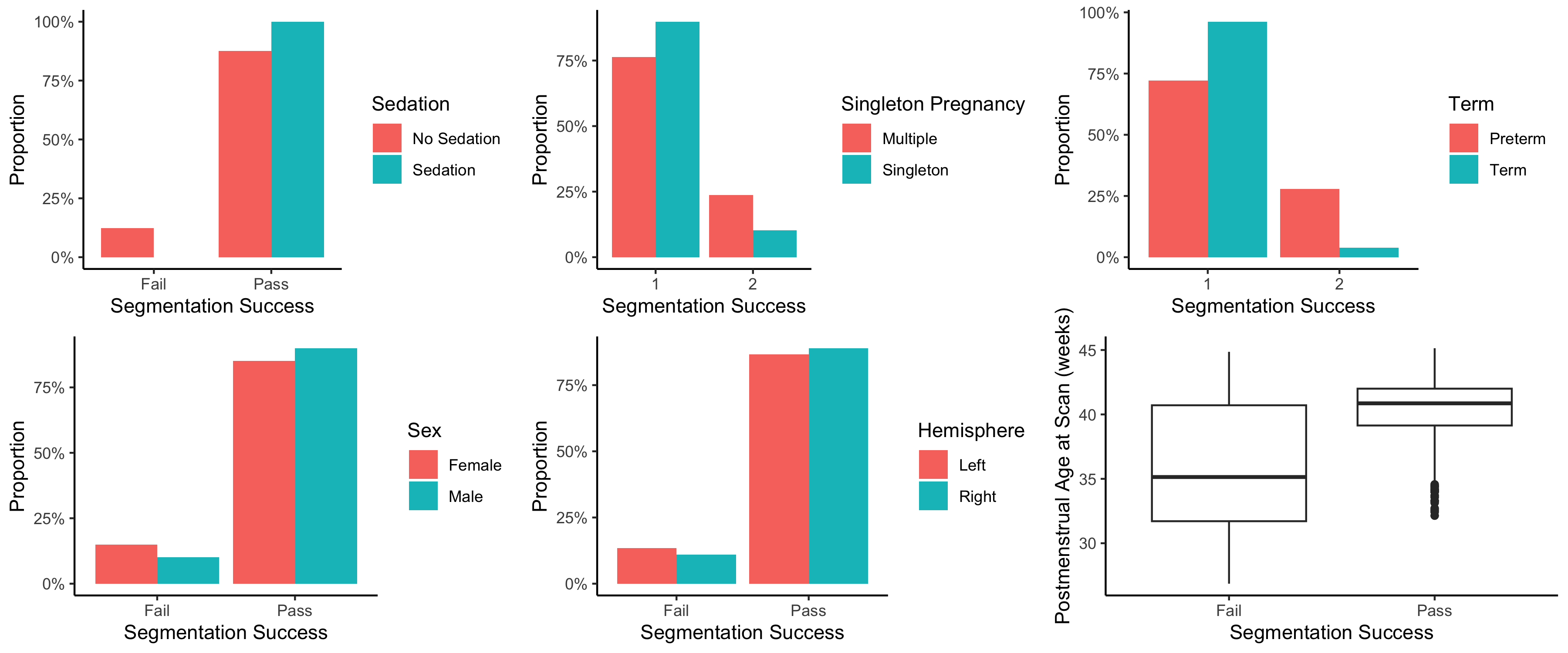Neonatology
Session: Neonatal Neurology 10: Neurodevelopment
352 - A robust software pipeline for neonatal hippocampus subfield segmentation
Monday, May 6, 2024
9:30 AM - 11:30 AM ET
Poster Number: 352
Publication Number: 352.3174
Publication Number: 352.3174
.jpg)
Emily S. Nichols, PhD (she/her/hers)
Research Scientist
The University of Western Ontario - Schulich School of Medicine & Dentistry
London, Ontario, Canada
Presenting Author(s)
Background: The hippocampus is a highly plastic subcortical structure that shows protracted development throughout early life. It plays an important role in the development of cognitive and affective processes including memory, spatial processing, emotion, motivation, and language. Anatomically, the hippocampus is a grey matter structure with a complex folding pattern. The hippocampal grey is made up of distinct subfields, comprising the cornu ammonis (CA1-3), the dentate gyrus (CA4/DG), the subiculum, and the stratum radiatum lacunosum-moleculare (SRLM), and research has demonstrated the variability in subfield volumes related to different developmental disorders and stressors. Currently, the infant hippocampus and its subfields must be segmented manually, a difficult and time-consuming task that requires expertise and training.
Objective: To train an existing hippocampus segmentation tool, HippUnfold, to automatically segment the infant hippocampus into subfields, generating volumetric and morphological measures.
Design/Methods: Data from 547 singleton neonatal participants (78 with longitudinal data; 625 scans total) from the Developing Human Connectome Project were used to train and optimize the segmentation software. 428 term-born neonates (mean age at birth = 40.05, SD = 1.15, mean age at scan = 41.26, SD = 1.63) and 119 preterm-born neonates were included (mean age at birth = 31.39, SD = 3.88, mean age at scan = 36.65, SD = 4.23). Segmentations were visually inspected for accuracy, and the model was re-trained on the high quality segmentations. Final model output (separate for left and right hemispheres) was graded as pass/fail. The relationship between segmentation success and sedation, singleton pregnancy, preterm birth, sex, cerebral hemisphere, and scan age were investigated using chi-square tests of independence and two-sample t-tests.
Results: Overall, HippUnfold performed with 88% accuracy, successfully segmenting 1097 out of the 1250 total segmentations (see Figure 1 for a representative segmentation). Singleton pregnancy, being term-born, being male, and a later postmenstrual age at time of scan all led to a higher rate of successful segmentation (Figure 2). Sedation and hemisphere did not predict whether a segmentation was likely to succeed.
Conclusion(s): In this study, we demonstrate the applicability and generalizability of HippUnfold, a BIDS App for hippocampal subfield segmentation and unfolding, to a large, variable neonatal sample. Future iterations will improve segmentation in preterm-born infants and at earlier postmenstrual ages.


